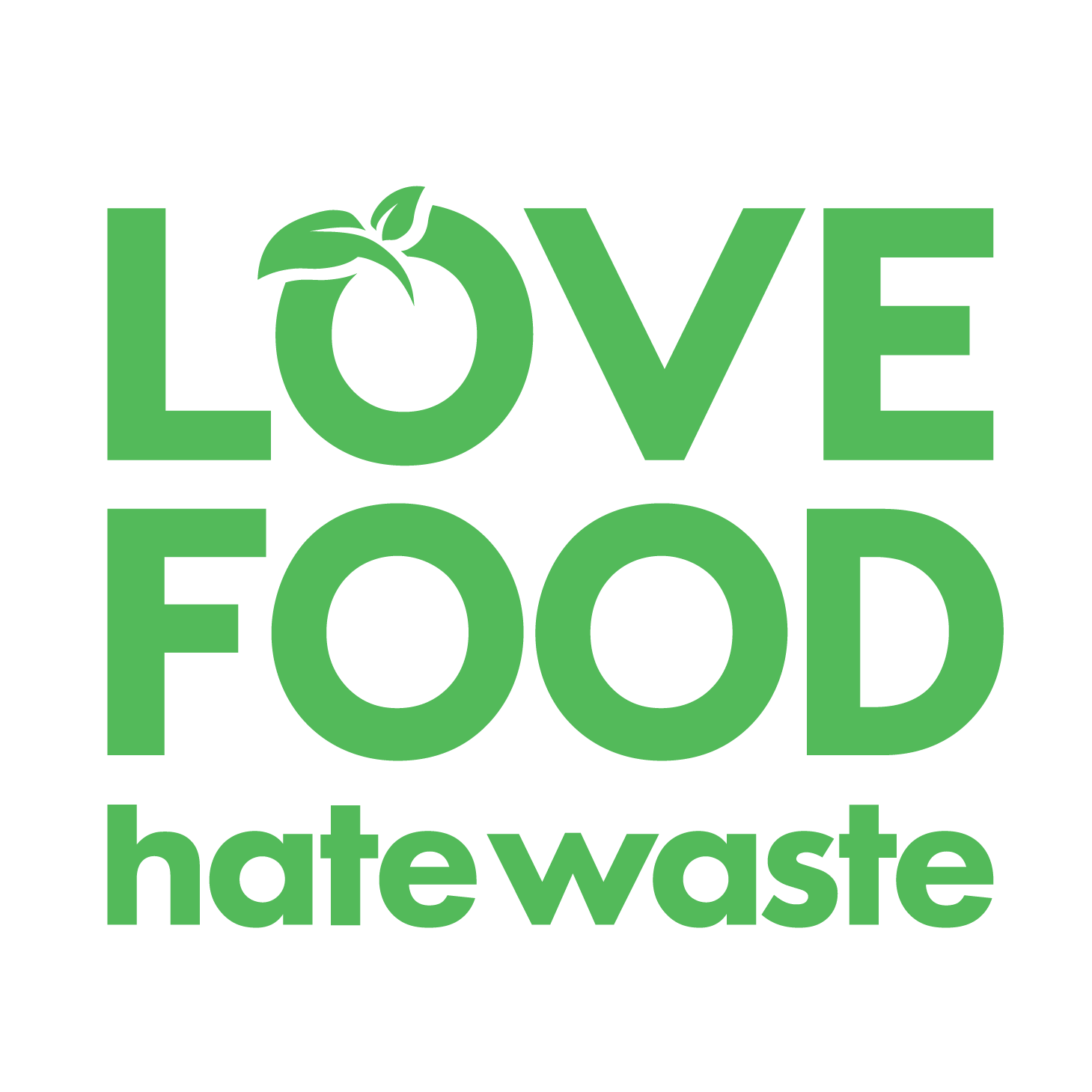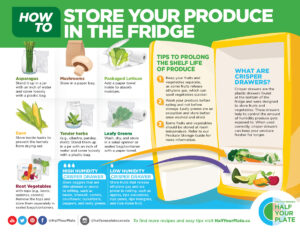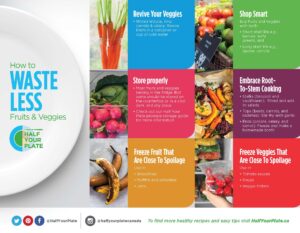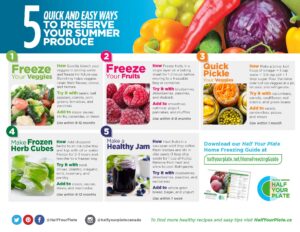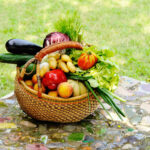Chatting Ways to Reduce Produce Waste with Half Your Plate
Today, we are interviewing Jennifer Ong Tone, MHSc, RD, a registered dietitian with the Half Your Plate program at the Canadian Produce Marketing Association (CPMA) to learn more about who they are and how they help Canadians reduce their fruit and vegetable waste.
1. Can you tell me more about Half Your Plate?
Half Your Plate is an educational program founded by CPMA to teach Canadians of all ages about the importance of fresh produce consumption and encourage them to fill half their plates with fruits and vegetables to improve their health. The program provides consumers with simple and practical resources to help them add a variety of produce to every meal and snack.
2. What are some important statistics that Canadians should know about?
Close to 80% of Canadians are not eating enough fruits and vegetables¹. This is a huge problem in Canada, as fruits and vegetables are an important part of a healthy eating pattern, providing essential vitamins, minerals, fibre, and antioxidants. Fruits and vegetables play a critical role in helping to prevent chronic diseases and may reduce the risk for some types of cancers, heart disease, and more2.
3. How is Half Your Plate helping consumers to reduce their food waste?
Fruits and vegetables are highly perishable, so becoming savvier on how to pick, store, and use up fruits and vegetables can make a difference on food waste. That’s where Half Your Plate can help. Half Your Plate provides a ton of free educational resources, from blogs and videos, to recipes and fact sheets. Half Your Plate also just released a Waste Less Guide, which includes our best resources in one convenient spot. All these resources aim to help consumers reduce produce waste.
Here are some of our most popular resources:
- Produce storage guide: Learn how to store fruits and vegetables so they last longer.

- Produce shelf-life guide: Highlights how long different fruits and vegetables typically last to help with meal planning.
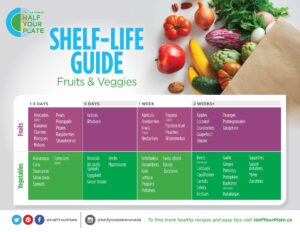
- Produce fact sheets: Provides practical tips on how to select, store, and prepare fruits and vegetables.
- Produce home freezing guide: Describes how to freeze produce properly.
4. What kind of steps is the produce industry taking to reduce their food waste?
We are proud to represent an industry whose members have been stewards of the land, and leaders in implementing sustainable practices to reduce food loss and waste, greenhouse gas emissions, plastics packaging, and much more. On the farms, operations are run more efficiently to divert food waste, and surpluses are often repurposed into juices and purées, upcycled, or donated to charitable organizations. There are now innovative plant-based coatings that help keep produce fresh for longer through the supply chain. At the retail level, inventory management and quality control have been enhanced. Many retailers have partnered with charitable organizations or food waste reduction apps, to divert food waste and combat hunger.
5. Where can Canadians go to find out more information about Half Your Plate?
Canadians can learn more about our program at HalfYourPlate.ca or follow us on Instagram, Facebook, Twitter, and YouTube.
About Half Your Plate
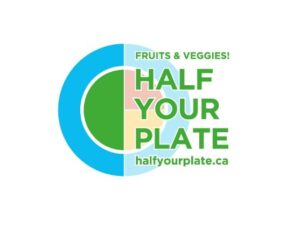
Half Your Plate is an educational program founded by the Canadian Produce Marketing Association (CPMA), an organization that represents the fresh produce industry and facilitates the trade of fresh fruits and vegetables in Canada.
Through Half Your Plate, CPMA educates Canadians of all ages about the importance of fresh produce consumption and encourages them to fill half their plates with fruits and vegetables to improve their health. The program provides consumers with simple and practical resources to help them add a variety of produce to every meal and snack.
References
- Krueger, H., Koot, J., & Andres, E. (2017). The economic benefits of fruit and vegetable consumption in Canada. Can J Public Health.
- Pérez, Claudio. (2002). Fruit and vegetable consumption. Statistics Canada Catalogue Health Reports, Vol 13, No.3.
